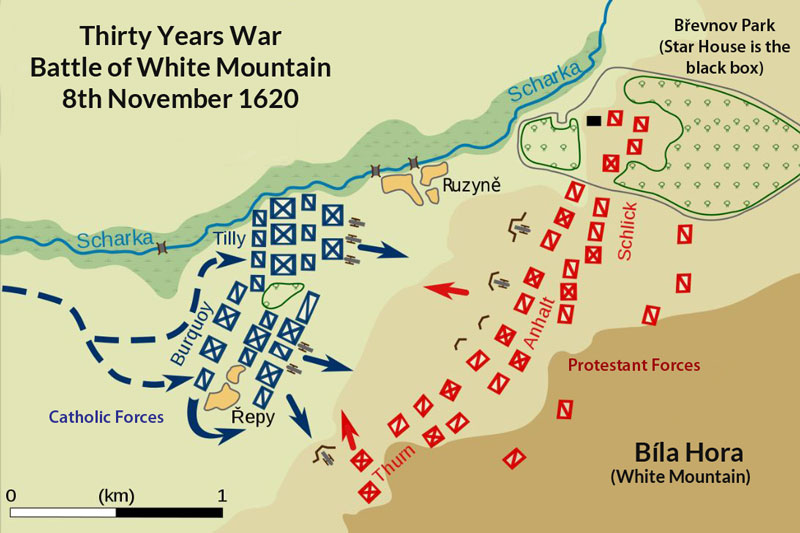The Thirty Years War has been called one of the most devastating conflicts in European history, and the Palatinate and Westphalia were central to this ongoing conflict. Over the course of years of fighting, armies marched back and forth across the region, leaving behind destruction and devastation at every turn. The conflict represented both a religious and political struggle, as various forces vied for power and influence across the region.

The Hispano-Bavarian invasion of the Palatinate in 1621 was one of the key events of this conflict. Led by the Duke of Bavaria, Maximilian I, the invasion was designed to establish military control over the region and give the Bavarian army a foothold in the area. Despite initial resistance by the residents of the Palatinate, the invading forces quickly gained the upper hand and established their control over much of the region.
In response to this invasion, a number of armies and commanders entered the fray. One of the most notable was Mansfeldt, a mercenary commander who had gained a reputation throughout Europe for his fighting skills and military expertise. He led a campaign in the region from 1621 to 1623, which included a number of battles and skirmishes with the invading forces.
Another major figure in the conflict was Halberstadt, who joined Mansfeldt in his campaign against the Bavarian army. Together they led a force that consisted of soldiers from across the region, including men from Saxony, Hesse, and other parts of Germany. Their efforts helped to push back the invading forces and limit their control over the region.
Despite these efforts, the conflict continued to rage on. Over the years, armies marched and fought across the region, leaving death and destruction in their wake. In some cases, the fighting was characterized by brutal and vicious battles, while in others it was characterized by protracted sieges and guerrilla warfare.
The legacy of the conflict was significant, with many parts of the Palatinate and Westphalia left devastated by the fighting. Communities were destroyed, families were torn apart, and economies were shattered by the constant warfare. For years after the conflict ended, the region struggled to rebuild and recover from the devastation that had been inflicted upon it.
Today, the legacy of The Thirty Years War continues to have a significant impact on the region and its people. Despite the passage of centuries, the memories of the conflict and the lessons learned from it continue to shape the way that society in the region operates. While much has changed since the time of the conflict, the legacy of The Thirty Years War remains an important part of the history and culture of the Palatinate and Westphalia.
